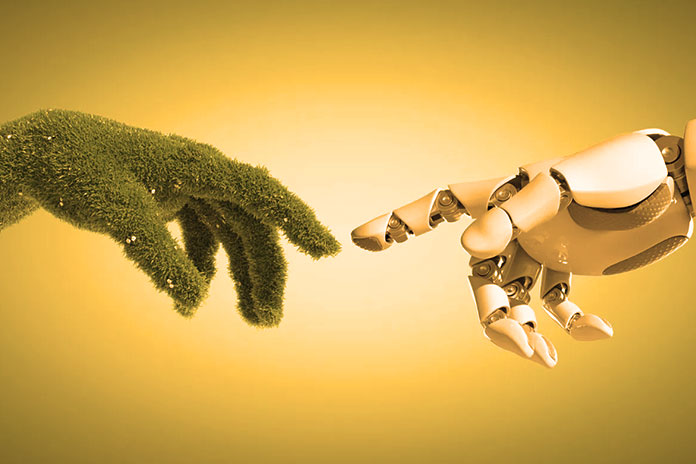Greentech – What Are The New Technologies At The Service Of The Environment

The future of humanity has been a central concern of governments for many years. Earth’s situation is becoming more alarming due to climate change, depletion of natural resources, etc. It was then that in 2016, the Ministry of Ecological Transition launched the Greentech Innovation Initiative. Technology takes another turn in a more responsible and sustainable vision and aims to be greener. Reducing the environmental footprint is the very essence of Greentech, also called Cleantech or Ecotech.
Green Technological Processes For Responsible Production
The industry is one of the sectors that generate the most pollution on our planet. This affects not only the Earth and the water but, above all, the air. The destruction of the ozone layer has been accentuated for years by the emission of harmful gasses such as carbon dioxide (CO2) and sulfur dioxide (SO2). This is accompanied by the reduction in the mass of trees, which nevertheless play a major role in the sequestration of carbon dioxide and the purification of the air. There are mainly two mechanisms that reduce environmental impacts: added technologies or “end of pipe” and integrated production technologies or “cleaner production.”
Added technologies are devices that add to installations and equipment used to fight against pollution. They comply with the standards required by the environmental regulations in force. It should be noted that they do not enter directly into the production process. Their function is to limit polluting gas emissions (CO2 and SO2). In particular, two types of technology are at the end of the chain. The first is used to capture sulfur emissions and limit acid rain, while the second is responsible for capturing and storing carbon.
On the other hand, integrated production technologies consist of reduced use of by-products as well as energy inputs and resources used to produce goods. Less environmentally friendly technologies are modified or even abandoned in favor of cleaner technologies. The recirculation of materials and using water to substitute organic solvents are all examples of integrated production technologies. However, using this type of process requires large investments.
Also Read: Digital Technologies: 5 Tips On How SMEs Benefit From The Federal Funding Program
Green Products, Thanks To New Technologies
The daily life of Man is punctuated by frequent travel. Short or long distance, the latter cannot do without means of transport (personal or common). However, studies on the life cycle of motor vehicle combustion engines revealed that the deterioration of the environment is strongly linked to their use.
Energy consumption, CO2 emissions, and the presence of heavy metals in their battery have a great impact on the latter. Thus, green products are seen as a major alternative, but above all, effective for a good ecological transition. They are found in several sectors: home automation, transport, automotive, construction, industry, agriculture, the greening of the city, etc.
CSR Approach: Opt For Virtual Business Cards
A company would only be good if it met its social responsibilities. At this time when the future of our environment is a matter of concern, every gesture, even the smallest, counts to improve our ecological footprint. In addition to using green products, switching to virtual business cards is also a good way to start your CSR approach.
It is clear that to produce paper business cards, almost 2 million trees are felled each year, representing an area of 60,000 km2 of destroyed forests. Furthermore, the paper industry is the third most polluting of water, soil, and even air, with approximately 600 million tonnes of carbon dioxide emitted each year. If we look at the case of paper business cards, they have a thin layer of polypropylene (which gives them a varnished and shiny appearance) which is difficult to recycle.
The problem lies in the production process of the latter, which entails high energy expenditure and the materials used. Imagine the number of business cards to print for the millions of active people worldwide! The worst part is that each time you change positions, you have to print new ones, and those in large quantities. To remedy this waste, take a step in using digital to be more ecological.
Web Applications For The Awakening And The Development Of Our Ecological Conscience
Using technology to make our daily lives easier is the primary motivation that drives engineers to invent new products. We are in an era where we can only do it with a smartphone or a tablet. These are formidable communication tools that have the power to influence many people. In an IEC approach, web applications have been designed to help us improve our environmental footprint. They are a source of entertainment, but above all help us to fight against food waste, for example. They encourage users to adopt eco-friendly gestures through challenges. They teach us everything about recycling and even inform us about the environment around us.
Also Read: Technology And Innovation: A Successful Duo For Your Company
